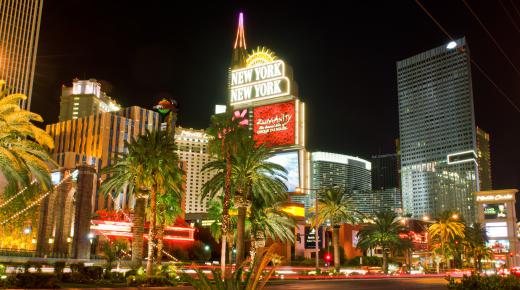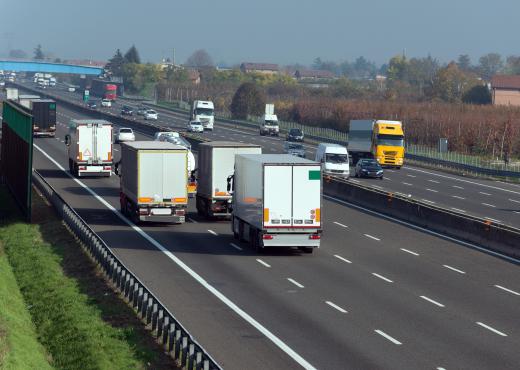A pedestrian overpass, also called a flyover, is a bridge or structure that prevents foot traffic from mixing with vehicle traffic. By elevating pedestrian walkways about or around vehicle roads, the flow of traffic is unimpeded by pedestrian stoplights and crosswalks. Pedestrian overpasses also provide a means of safety for foot travelers, as they are separated from fast-moving and often dangerous traffic.
Before the days of eight lane highways and high speed roadways, foot traffic commonly traveled alongside roadways, frequently sharing the space with vehicles. During the 20th century, as vehicle traffic exponentially increased, the safety of pedestrians and reduction of traffic stoppages became major issues in urban and road planning. Intersections with pedestrian crosswalks slow down traffic and create hazards for those on foot.

In urban areas that already had little space to spare, the idea of building completely separate pedestrian footpaths was often unfeasible. To save space, pedestrian overpasses became a compromise between the safety of walkers and the unimpeded flow of traffic. A pedestrian overpass can cross directly over busy roads, in some cases as the only means of crossing busy highways or streets on foot.

One concern with designing a pedestrian overpass is ensuring its accessibility to a wide variety of foot traffic. Many are built with spiral ramps rather than staircases to accommodate people with disabilities, such as those in wheelchairs. A pedestrian overpass may also have special lanes or ramps for people using bicycles, golf carts, or other small vehicles that can't be taken on large roads. Other overpasses are actually tunnels beneath a roadway that are built to allow for the passage of local wildlife.

Most pedestrian overpasses are made of heavy concrete or steel, built with function rather than artistic appeal in mind. However, some do take the unique opportunity for architecture into consideration when designing and building overpasses. Skyways, which are a type of pedestrian overpass that connect buildings, can be as ornate and artistic as major bridges. Some feature walls and even floors of reinforced glass for spectacular views, while others have inspired architecture that provides innovative optical illusions.
One city that has taken the use of pedestrian overpasses firmly to heart is the bustling tourist destination of Las Vegas, Nevada. Traffic is a constant problem along the famed Vegas strip, with pedestrians and cars historically mingling as people eagerly view the glittering casinos and hotels that line the main street. In 1999, Las Vegas city officials began installing several pedestrian overpasses along the strip to remove foot traffic from the already congested roadways, thus making passage easier both cars and walkers.

